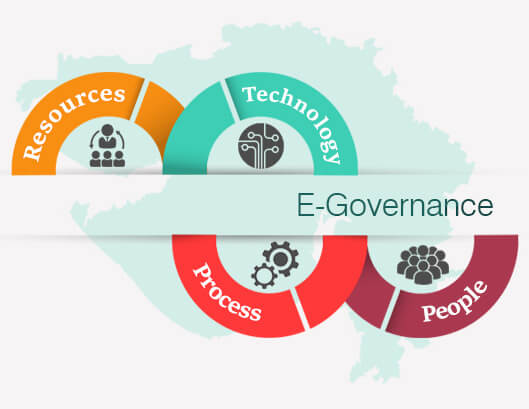Citizen-centric governance is a developing concept, and putting it into practise necessitates clarity in the actions of civil employees and how citizens interact with the state. Citizen engagement is about collaborative alliances and conversation, and it must include all stakeholders to ensure a community’s or nation’s overall development.

Citizenship-Centered Governance
- Traditional administration paradigm shift: Citizen-centric governance is a paradigm shift in traditional governance structures that shifts the emphasis from power holders to citizens.
- Citizens’ access to information and services: Traditionally, governance structures have the authority to make choices that impact citizens’ lives. However, citizen-centric governance centres on giving citizens access to information, services, and resources as well as involving them in policymaking.
- Citizen involvement has increased: The goal of citizen-centric governance is to boost citizen involvement in decision-making processes.
Mission Karmayogi
- Civil servant capacity building: Mission Karmayogi, the National Programme for Civil Services Capacity Building, has been working strategically to develop civil servant capacities through various innovative interventions to sensitise and reframe the fabric of citizen involvement.
- karmachari to karmayogi: Thousands of railway employees, Gramin Dak Sevaks, UT police officers, and BSNL workers are currently undergoing an outcome-based capacity-building programme that is transforming them from thinking like a karmachari to acting like a karmayogi.
Participation of Citizens
- The way citizens interact in the political, social, and economic elements of their community or society is referred to as citizen engagement.
- Citizen engagement is deeply ingrained in the nature of the political and governance context, as well as current power dynamics.
- It must be understood as a fundamental component of any governance system, and in democracies, citizen involvement is a fundamental principle because governments receive their authority and power from the people.
What is required for multi-stakeholder engagement?
- Constructive dialogue: Development by and for the people is a real possibility. Citizen participation in the process of democratising development necessitates a constructive conversation between and among all stakeholders.
- Mutual trust and respect: Meaningful dialogue between stakeholders such as the state, citizens, the business sector, the media, civil society, and academics can only be sustained if there is mutual trust. Mutual respect and an understanding for interdependence and reciprocity must motivate the relationship between these various stakeholders.
- Redrawing engagement boundaries: This may require redrawing engagement boundaries and roles that stakeholders have typically assumed for themselves.
- Approach based on collaboration: All parties engaged in the multi-stakeholder engagement would need to adopt a partnership strategy.
@the end
Citizen-centric governance and citizen engagement are critical components of any democracy’s growth. Stakeholders can work together to ensure the overall development of a community and country by taking a partnership approach and mutual respect for each other’s roles. The Indian government’s Mission Karmayogi programme is a positive move towards strengthening civil servants’ capacities and increasing their awareness of citizen involvement.
Source: https://www.jstor.org/stable/10.5325/jinfopoli.2.2012.0183
